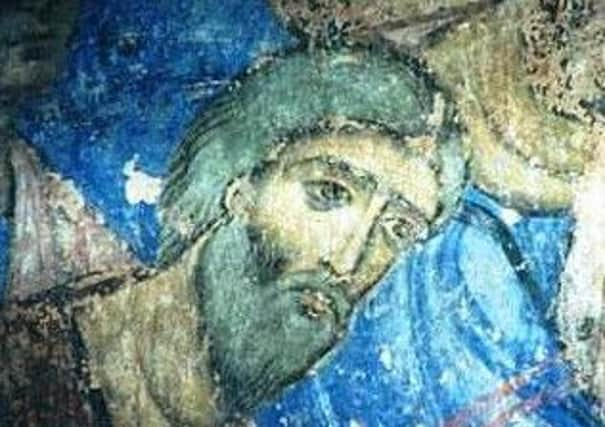The myths and legends of St Andrew


Many relate to matrimony while others are linked to his role as patron saint of fishermen. In Scotland, one custom suggests his flag could help keep witches out of the home.
Some believed the bones of the apostle were brought to Scotland several hundred years after his death with a new religious centre created at Kilrymont - which was then renamed named St Andrews.
Advertisement
Hide AdAdvertisement
Hide AdOthers believe he was named as patron saint of Scotland after Pictish King Oengus II led a victorious side against the Angles in East Lothian in 832 AD.
The king believed he had witnessed a divine intervention after seeing white clouds form a cross in the sky on the morning of the battle.
He considered it to be a reference to the x-shaped cross where he had been crucified on an x-shaped cross in Patras.
It was this cross that went on to influence the flag of St Andrew, the official flag of the Scottish Government, according to one legend.
Michael Turnbull, author of St Andrew - Scotland’s Myth and Identity, said both William Wallace and King Robert the Bruce appealed to Saint Andrew to guide them in times of national emergency.
The Saltire was flown on Scottish ships and used as the logo of Scottish banks, on Scottish coins and seals and displayed at the funerals of Scottish kings and queens - that of King James VI for example and of his mother, Mary Queen of Scots, Turnbull said.
The flag has its place in folklore also, with a one superstition recorded in Scotland and Northern England using the cross as a hex sign on fireplaces to prevent witches from flying down the chimney.
Advertisement
Hide AdAdvertisement
Hide AdIn Cyprus, tradition holds that St Andrew was able to cure blindness after finding a healing spring on the Karpas peninsula. He struck the water source with his staff after coming ashore when his boat ran aground.
The water was used to restore the sight of the ship’s captain, who was blind in one eye. A monastery and chapel stands close to the shore where St Andrew is said to have landed.
In Romania, where St Andrew is also the patron saint, a number of traditions and rituals surround the apostle. On the morning of St Andrew’s day, mothers gather up tree branches and make a bunch for each family member. Whoever’s bunch bloom by New Year’s Day will have good luck and health that yeas.
It is said girls should put a branch of sweet basil - or 41 grains of wheat - under their pillow on the night of St Andrew’s Day. If they dream someone takes them, it means they will marry soon.
St Andrew is also linked to superstition and custom surrounding matrimony in several other countries.
Reports suggest that in parts of Czech Republic, Hungary and Slovakia, names of potential husbands are written on pieces of paper and stuffed in pieces of dough. After baking, the first one to rise to the top when put in a bowl of water would reveal the name of their future husband.
Names of future husbands are also placed under the pillows of women in Poland on the night before St Andrew’s Day. The first one removed in the morning will reveal the name of their potential suitor.
Advertisement
Hide AdAdvertisement
Hide AdSt Andrew, as patron saint of fishermen, also holds particular sway over coastal towns. In Cape Santo Andre in Portugal, where it is believed St Andrew walked ashore, girls who want to get married throw stones on the roof of the chapel.
On the eve of St Andrew’s Day, fishermen are said to make a pilgrimage to the chapel to insure their safety at sea.
